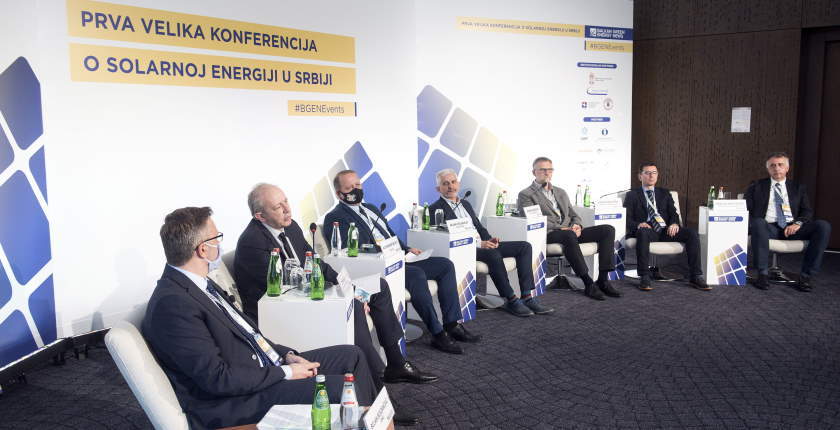
Big solar thermal projects are the right solution for district heating decarbonization in Serbia because solar collectors on the ground are easy and inexpensive to install, but also because Serbia has high insolation per square meter, according to a panel on solar thermal as an element of sustainable urban energy systems in the process of the energy transition, held as part of the First Big Conference on Solar Energy in Serbia.
Also, Serbia’s district heating systems operate at rather low temperatures – and the lower the temperature the better the utilization of solar thermal technology, said Bojan Bogdanović, manager of the European Bank for Reconstruction and Development’s (EBRD) Renewable District Energy in the Western Balkans Fund (ReDEWeB).
Bogdanović, who moderated the panel, noted that Serbia has 30% more sunshine than Denmark and that costs of labor and the implementation of such projects are much lower, so there is no reason for them not to be economically viable in Serbia as well. He noted that Denmark has 1 GW of installed solar-thermal capacity.
After the investment in solar thermal pays off, energy is almost free
He also said that despite a longer period needed for investment in solar thermal systems to pay off, about 10-11 years, the energy produced in the subsequent period is almost free. The panel also heard that solar thermal generates zero air pollution.
Solar thermal technology generates zero air pollution
When it comes to air quality, the application of renewable energy sources in district heating systems increases the capacity of heating plants to connect new users, which could be a solution for some of the most polluted cities in Serbia, where a large number of people still use inefficient technologies for heating.
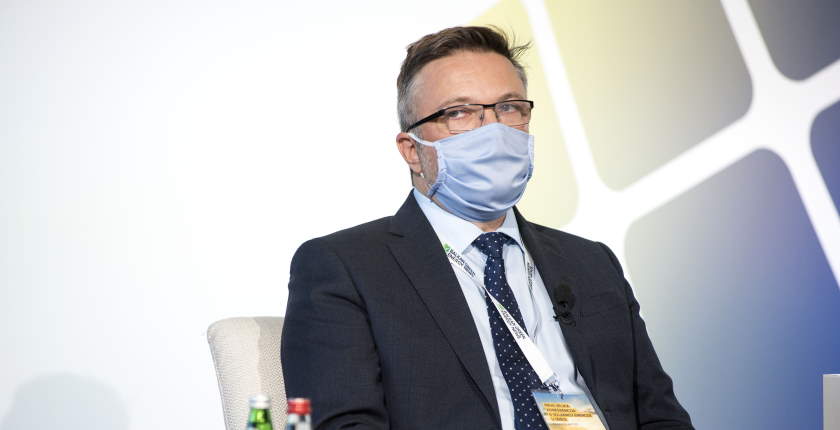
Through the ReDEWeB fund and supported by the Austrian Federal Ministry of Finance, the EBRD is working on the decarbonization of district heating and cooling systems in the Western Balkans. The cities in Serbia where studies are being conducted for the application of solar thermal are Novi Sad, Bor, Niš, Pančevo, and Zrenjanin.
Pančevo – pioneering solar thermal in Serbia
The city of Pančevo is the pioneer of solar thermal technology in Serbia. Its solar thermal facility for sanitary hot water, which was put in operation in 2017 and expanded by 55% last year, currently covers 15% of the city’s consumption, said Zoran Božanić, executive technical director at Pančevo’s public heating utility, JKP Grejanje.
The EBRD is now helping Pančevo on a project to develop a new solar thermal system, spanning 10 hectares of land, which would have a seasonal energy storage facility, where heat generated in summer months would be kept for use in the winter, said Božanić.
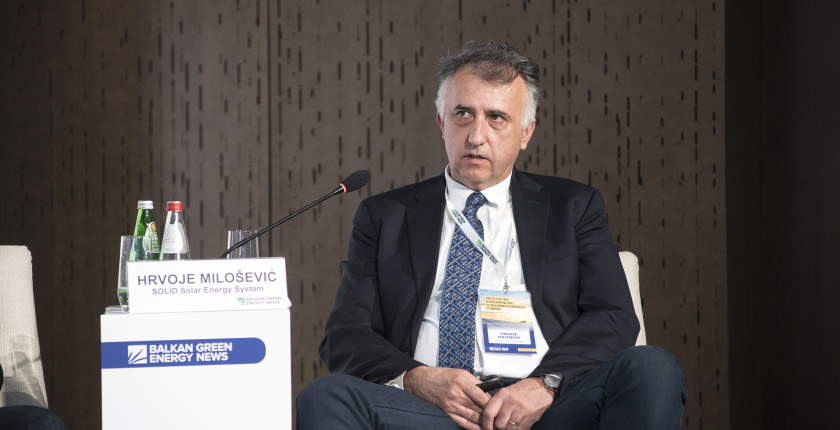
The contractor on the project is Austria-based SOLID Solar Energy Systems GmbH, which designs, builds and operates large-scale solar thermal systems and which has built over 300 such facilities worldwide.
Hrvoje Milošević, sales director at SOLID, said that besides energy produced from solar collectors, Pančevo’s storage facility will be able to store waste energy from nearby industrial facilities as well. He explained that the energy stored at the facility can be delivered in winter months using absorption heat pumps.
Dušan Macura, head of production and distribution at Novi Sad District Heating Company, spoke about another ambitious solar thermal project, which is being developed in Novi Sad in cooperation with the EBRD.
Novi Sad plans to build a solar collector field on 200,000 square meters of land
The facility in Novi Sad, modeled after similar facilities in Austria and Denmark, should also store energy during summer months to be used in winter with the help of a heat pump. The solar collector field should span 200,000 square meters, while the seasonal energy storage would be in the form of three ponds holding a total of one million cubic meters of water, according to Macura.
The facility would generate some 120,000 MWh of green energy annually, and together with the large heat pump, some 200,000 MWh, he said.
District heating systems could offer a solution to the problem of green energy balancing
Macura also said that there is a potential that in the next ten years district heating systems, if tied to other energy systems, could become capable of off-taking and using green electricity surpluses in periods when it cannot be stored or sold.
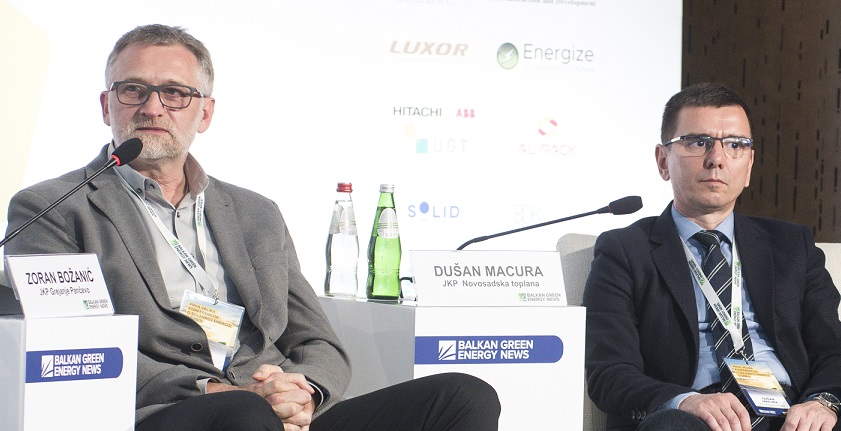
Bojan Bogdanović noted that this could help resolve one of the biggest issues in renewable energy production – the problem of balancing. He recommended renewable energy producers to be in contact with their colleagues from the district heating sector as that may help them find an affordable way to balance their green electricity surpluses.
New legislation will encourage district heating operators to use renewable energy
The panel also touched on Serbia’s new set of energy laws, with participants noting that the Law on renewable energy sources will encourage district heating operators to start using renewables.
Dejan Stojanović, director of the Serbian Association of District Heating Plants, said that the share of renewables in district heating in Serbia is a mere 0.004%. He also said that the law on renewables introduces incentives, similar to the Austrian model, for equipment for independent producers and heating plants using renewable energy sources.
Stojanović noted that the law recognizes all renewable sources that can be used in district heating, not just biomass.
Zoran Lakićević, a state secretary at the Ministry of Mining and Energy, said that the long-awaited energy efficiency administration will start work as soon as the new law is adopted, and that it will help coordinate the EBRD’s renewables in district heating program. According to him, the bill is expected to pass parliament next week.
Voss: Serbia no longer lags behind the EU in urban heating decarbonization efforts
In a virtual address, Paul Voss, managing director of European district heating association Euroheat & Power, said that he no longer feels that Europe is 10 years ahead of Serbia when it comes to the legal framework to encourage the decarbonization of heat in urban areas. He also said that Brussels, and even the “fabled networks of the Nordic region,” could learn something from what is currently being discussed in Serbia.
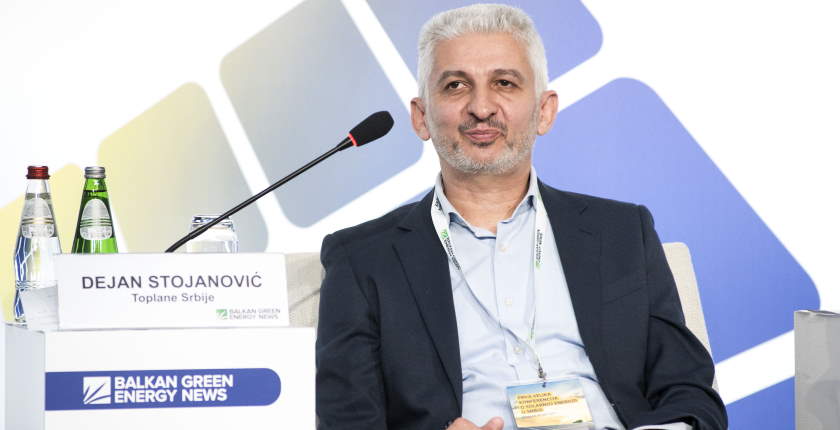
Will the application of renewables push up district heating prices?
Asked whether the application of renewables will push up district heating prices for end consumers, Dejan Stojanović of the Serbian Association of District Heating Plants said the law should not allow that to happen.
He also said, however, that tariffs must not contain a “social element,” except for vulnerable groups.
Aleksandar Milikić, the mayor of Bor, another Serbian city where the EBRD is working on a solar thermal project, said that the social aspect is very important to him and that he expects heating prices to be lower for citizens.
SOLID’s Hrvoje Milošević noted that a carbon tax, which exists in the EU, has not yet been introduced in the region, but that once it is levied it will increase district heating prices, forcing providers to switch to renewable sources.














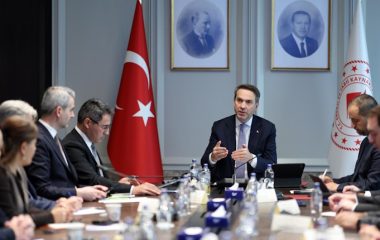



Be the first one to comment on this article.